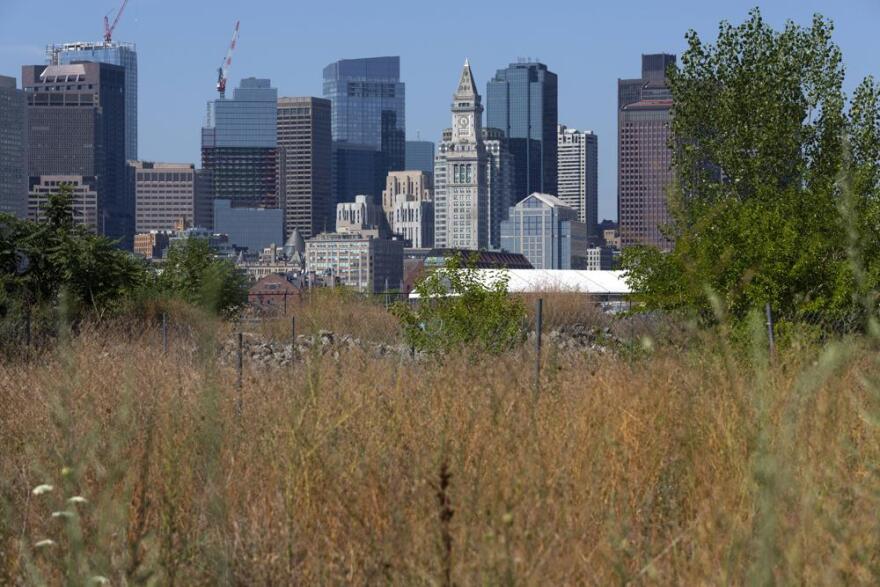PROVIDENCE, R.I. (AP) — Federal officials have declared a drought-related disaster in Rhode Island, while New England’s second-largest city is restricting outdoor water use as the drought in the Northeast worsens.
U.S. Secretary of Agriculture Tom Vilsack declared Monday all five of Rhode Island’s counties as “primary natural disaster areas” because of the ongoing drought.
The declaration allows eligible farms to be considered for low-interest emergency loans and other assistance from the department’s Farm Service Agency. Farmers have eight months from the date of the disaster declaration to apply for the assistance.
“This prolonged drought has been tough on many Rhode Island farmers, harming the yield and quality of crops,” U.S. Sen. Jack Reed, a Rhode Island Democrat who earlier this month requested the disaster declaration, said in a statement. “This federal declaration is good news for the state and should help mitigate some of the production losses local farmers are facing.”

Rhode Island saw less than 0.5 inches (1.2 centimeters) of rain in July, compared to an average of 2.5 inches (6.3 centimeters), according to Reed’s office. More than 99% of the state is experiencing extreme drought.
The drought declaration came as thunderstorms and heavy rainfall caused flash flooding in southern New England on Tuesday. Near Providence, Rhode Island, flooding closed roadways, backed up traffic and saturated basements.
Experts say the region needs steady rain to end the drought. The heavy, short rainfall brought by the occasional thunderstorm tends to run off, not soak into the ground.
In Massachusetts, the city of Worcester declared a drought Monday, restricting the use of outdoor irrigation systems and urging the public to limit indoor water use.
The central Massachusetts city of 206,000 residents said its reservoirs have dipped to about 72% of capacity. In response, Worcester officials are prohibiting use of irrigation systems between 9 a.m. and 5 p.m.

The public is also asked to do its part by “not letting the water run in your kitchen and bathroom sinks more than necessary, not letting the hose run while washing a car in the driveway, and ensuring dishwashers are full before running them,” the city’s statement said.
Worcester officials will also meet with representatives of large water users, including hospitals and colleges to discuss ways to reduce usage.
Most of New England is experiencing drought, according to the U.S. Drought Monitor, with about 40% of Massachusetts in “extreme drought.”


